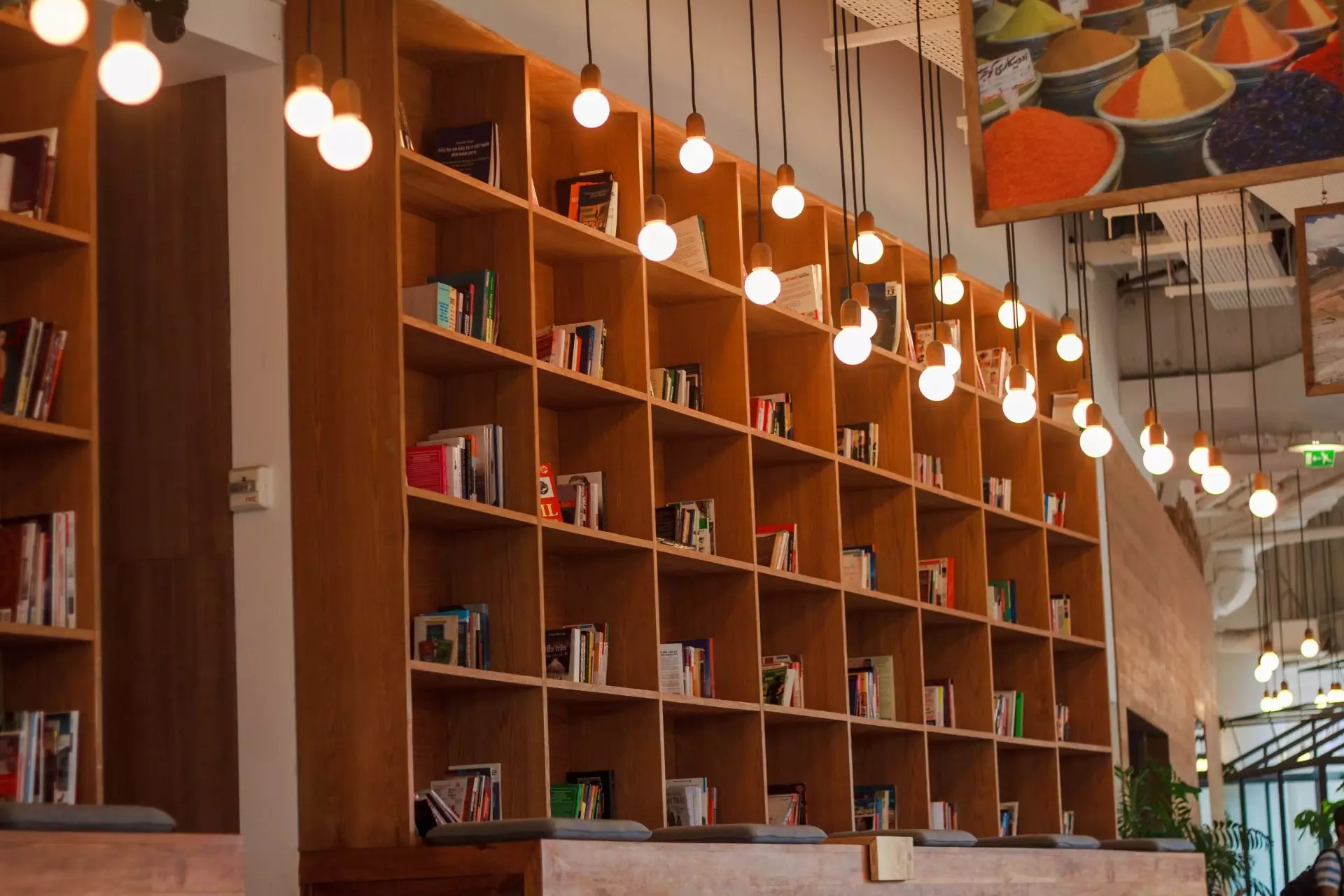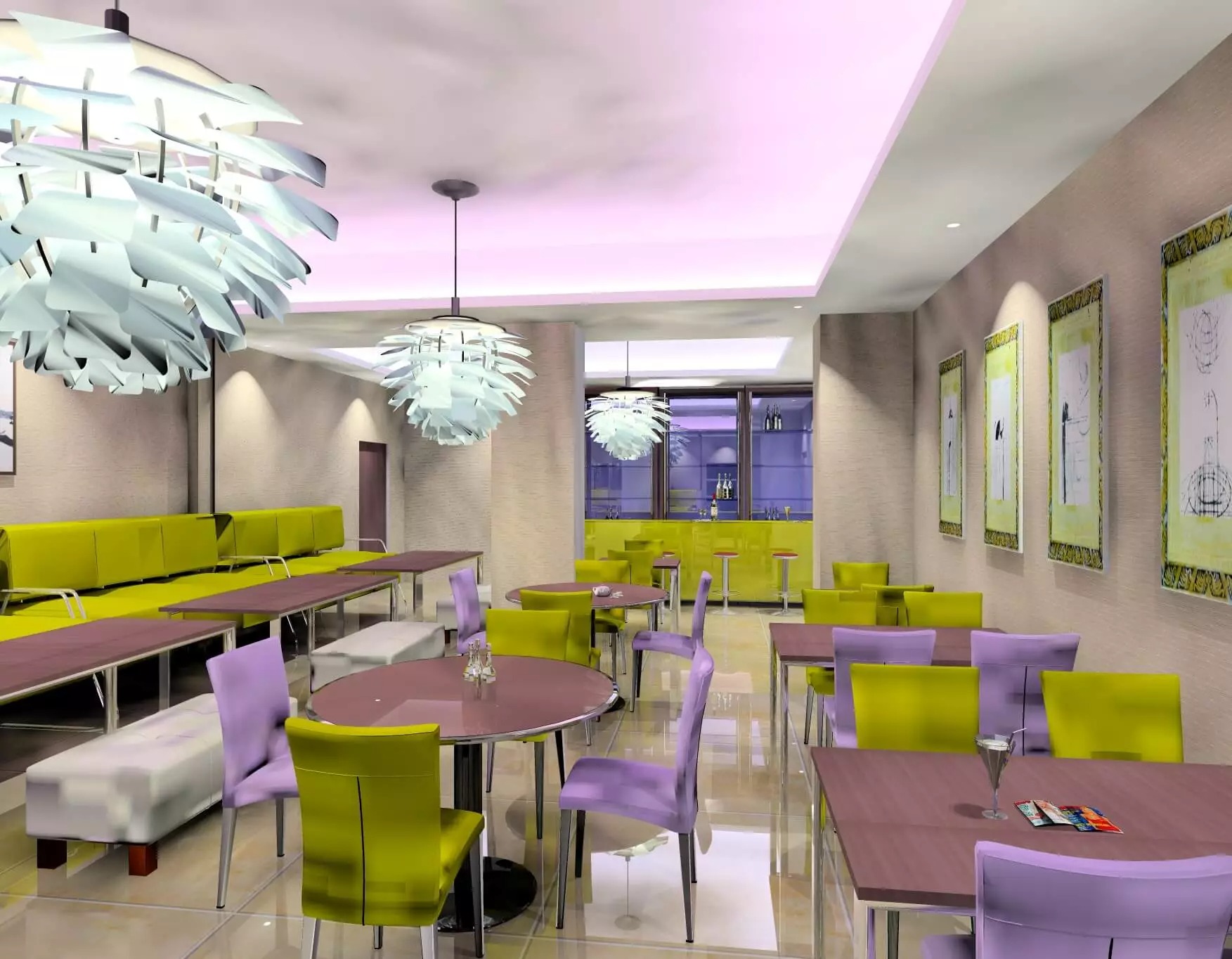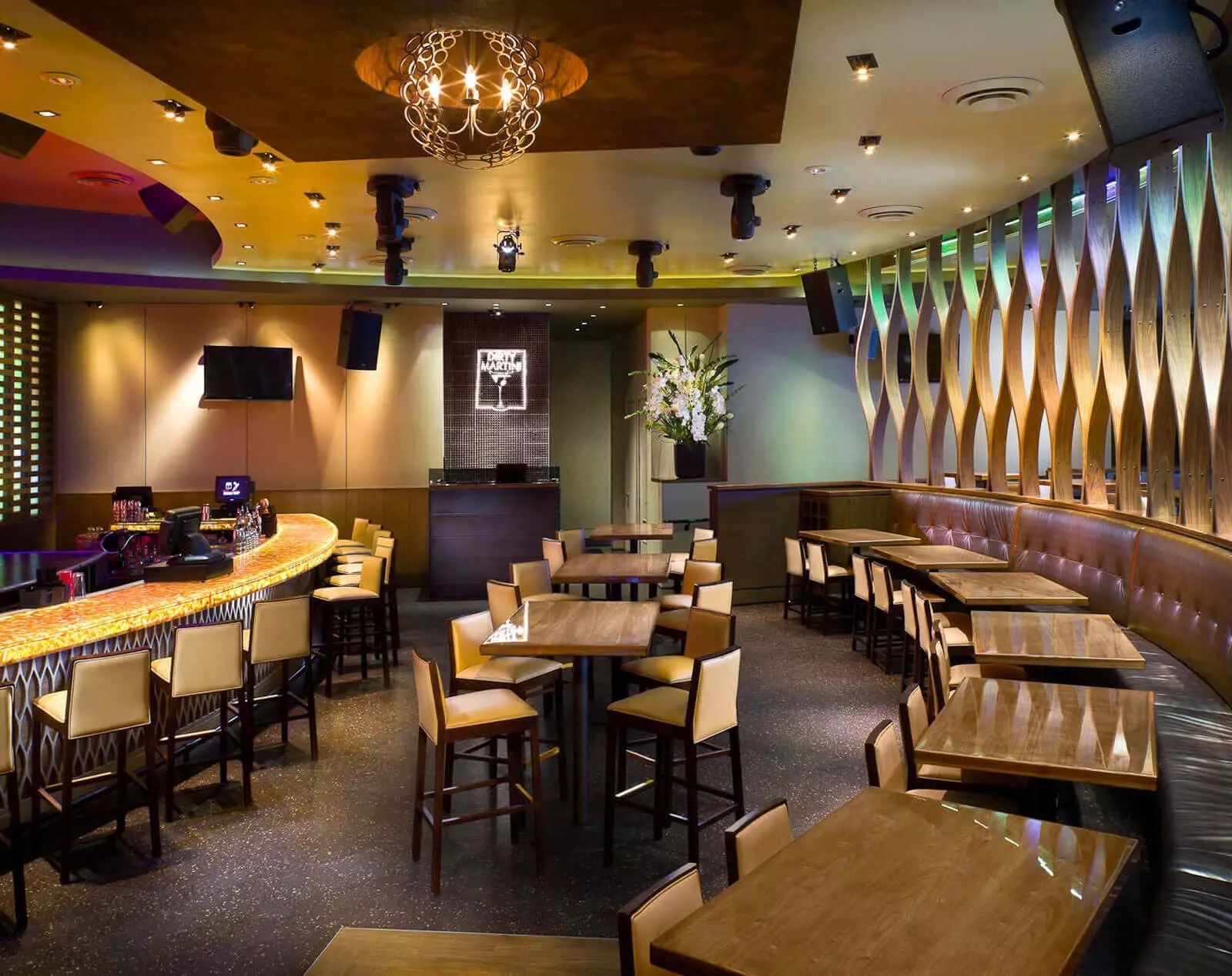Commercial Interior Design Ideas
A well-designed commercial space has become a necessity in recent times. Be it the workspace or retail stores, proper space planning plays a significant role in employee and customer satisfaction. A warm and welcoming office space imparts positive vibes, while a busy, cacophonic, and cold ambiance can lead to irritation and impatience.
Thus, it is imperative that all aspects of commercial real estate properties, whether physical or environmental, need to be implemented with thoughtfulness. This is where commercial interior design comes into play. Most interior design firms offer design services for commercial spaces to ensure a polished, stylish, and welcoming ambiance. However, before venturing into some unique commercial design ideas, let’s find out what commercial interior design means.



